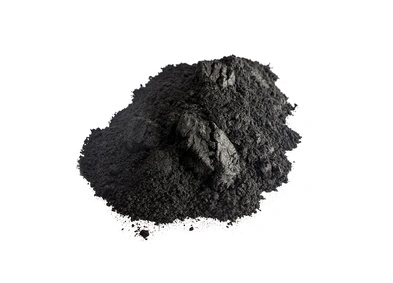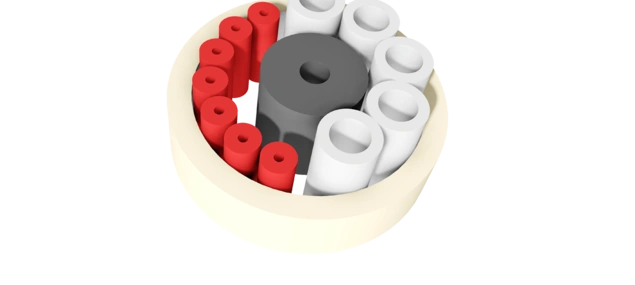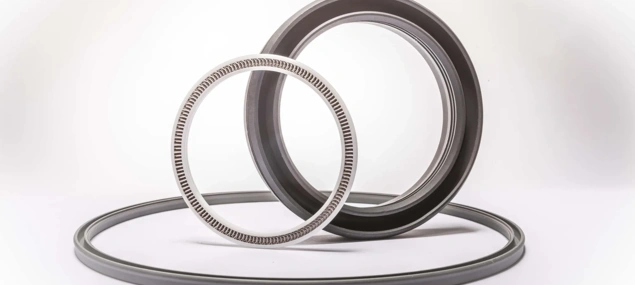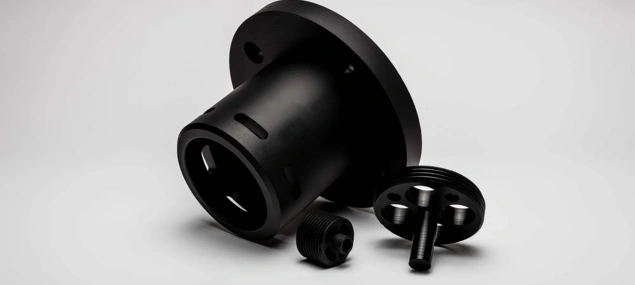Compounds are mixtures of PTFE or other modified PTFEs and specific fillers. PTFE materials are normally “modified” with filler contents between 5 and 40%. The fillers are only embedded and do not undergo a binding reaction with the PTFE. The maximum filler content used is determined by particle size, particle form and the chemical composition.
PTFE-Compounds
Frequently used inorganic fillers are
- Glass (fibers, hollow spheres, milled)
- Carbon (coking coal, electrographite, conductive pigment, graphite, carbon fibers)
- Bronze (spherical, irregular, dendritic, oxidizing, non-oxidizing)
- Molybdenum disulfide (MoS2)
- Steel powder, stainless steel
- Ceramics (e.g. aluminum oxide)
- Wollastonite / mica / minerals (e.g. BaSO4)
- Pigments

Classification according to particle form
| Particle form | Example |
| Spherical metallic fillers | Bronze as spherical or irregular particles in particle sizes of < 60 µm |
| Powder fillers | Irregular carbon powder particles with diameters be-tween 5 and 150 µm, graphite in irregular platelet forms of < 60 µm or MoS2 powder in sizes between 0.1 and 40 µm |
| Fiber fillers | Glass in different fiber lengths of 10 µm diameter, carbon fibers or other mineral fibers |
Influence on material properties based on the percentage of filler material
Percentage of filler < 5%:
Hardly any influence on material properties, except: pigments
Percentage of filler > 40%:
No further improvement to material properties
Example:
PTFE + 60% bronze
PTFE density 2.16 g/cm³ / bronze density 8.73 g/cm³ = 27 % as volume percentage
PTFE + 20% PPSO22
PTFE density 2.16 g/cm³ / PPSO2 density 1.44 g/cm³ = 27 % as volume percentage
Do you have a specific question about compounds?
Please use our request form or get in contact with us directly.
We look forward to your request!
Do you have a specific question about compounds?
Please use our request form or get in contact with us directly.




